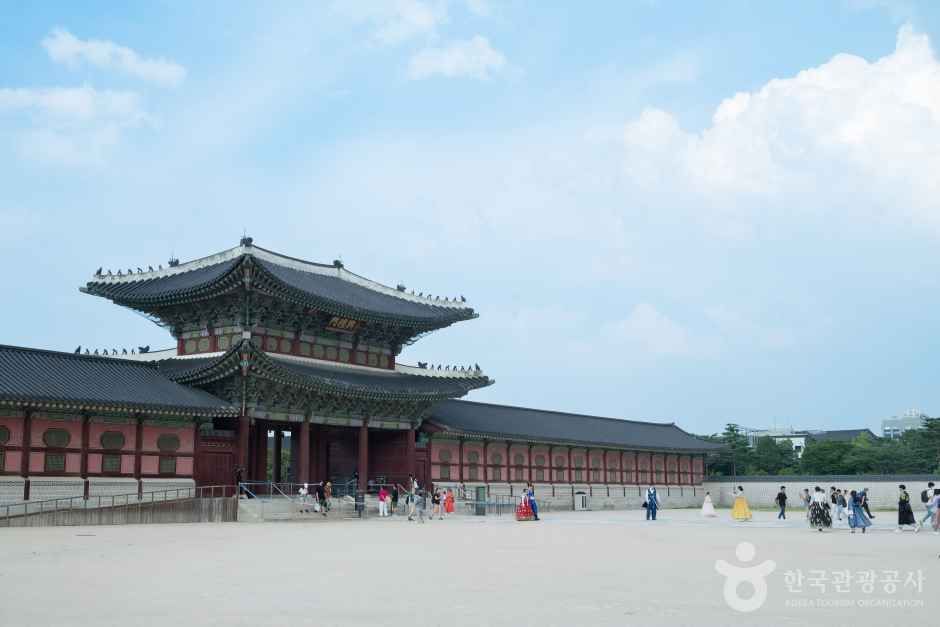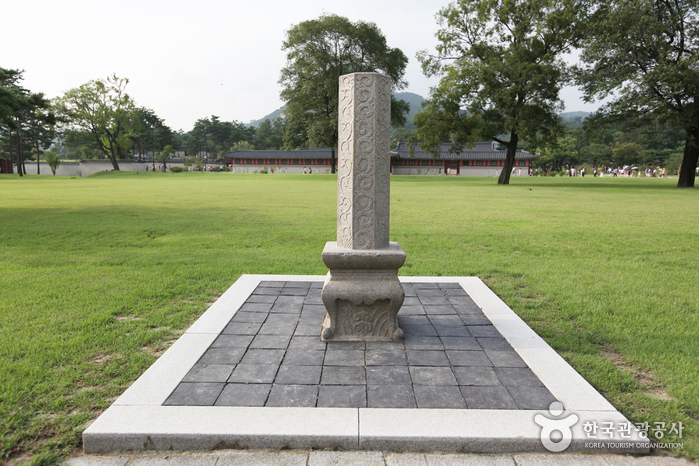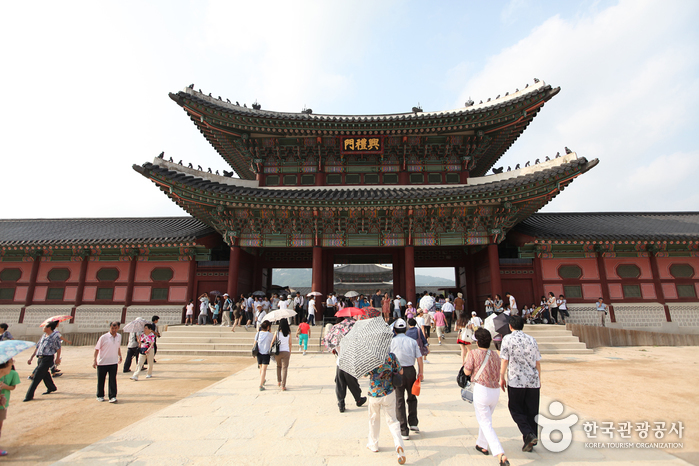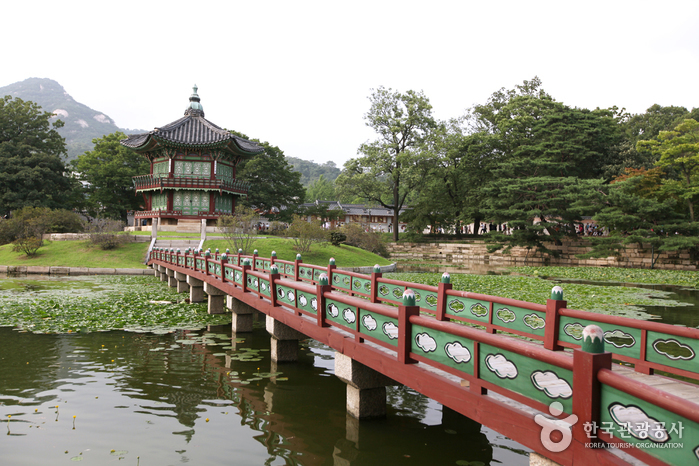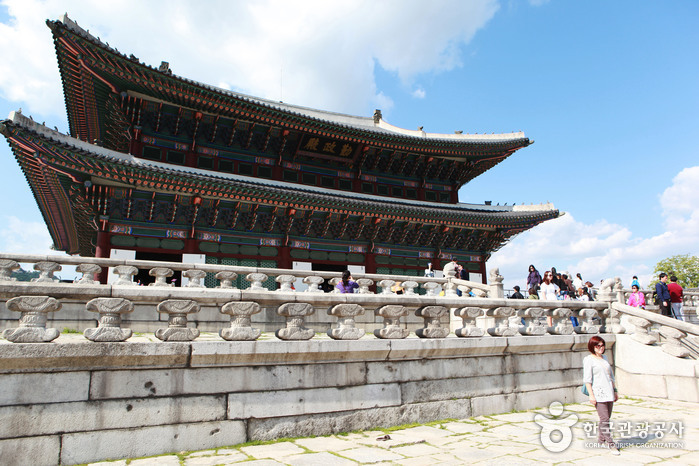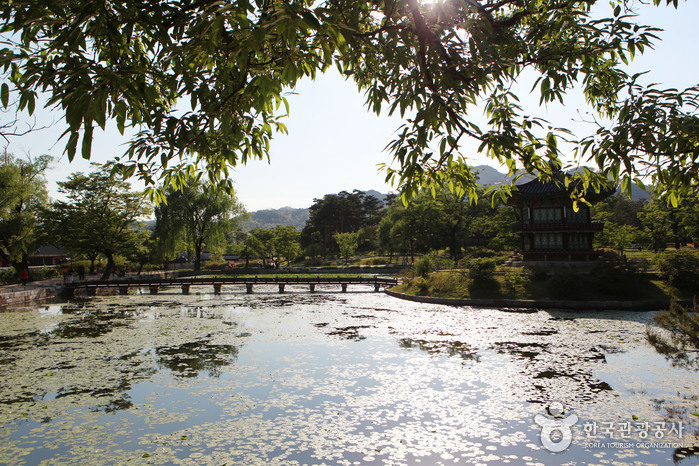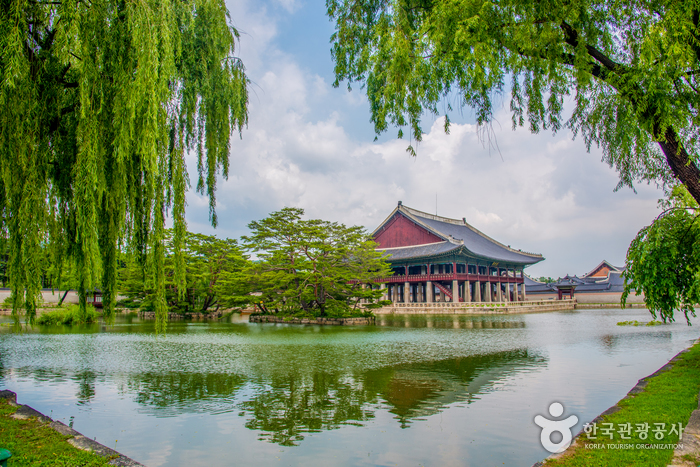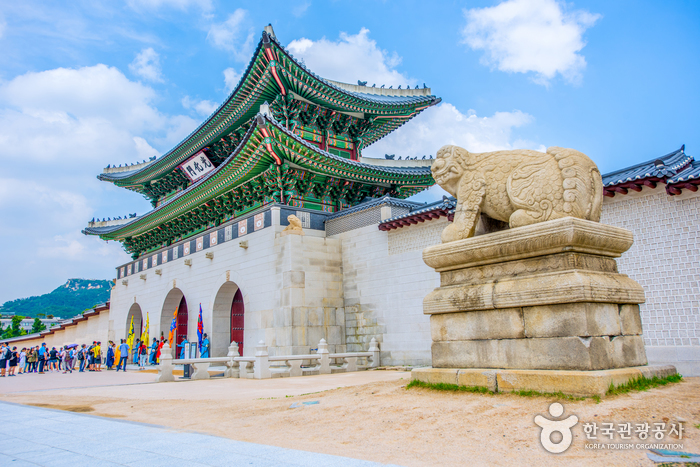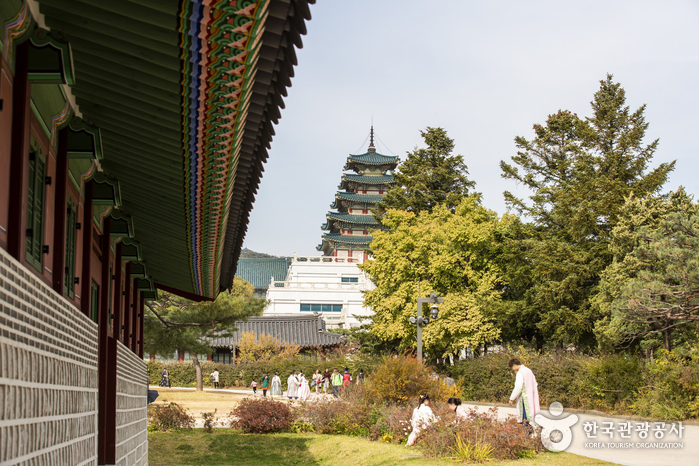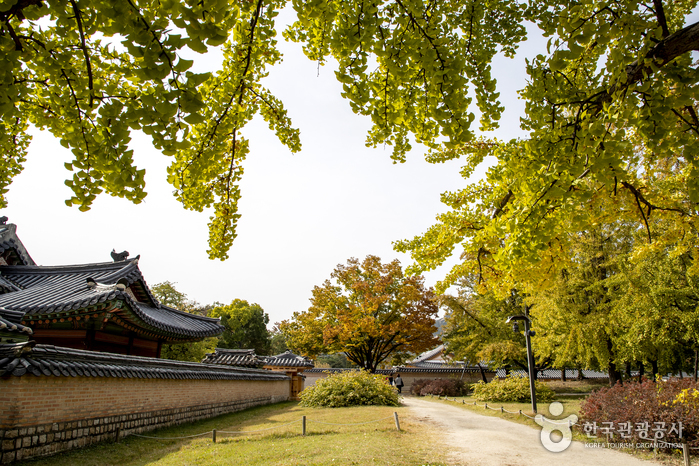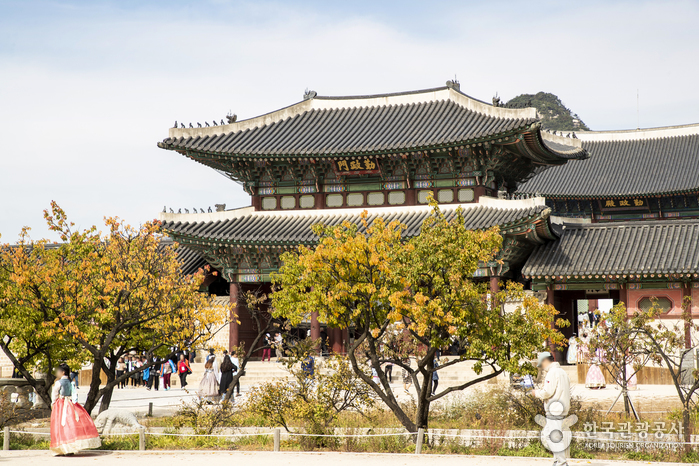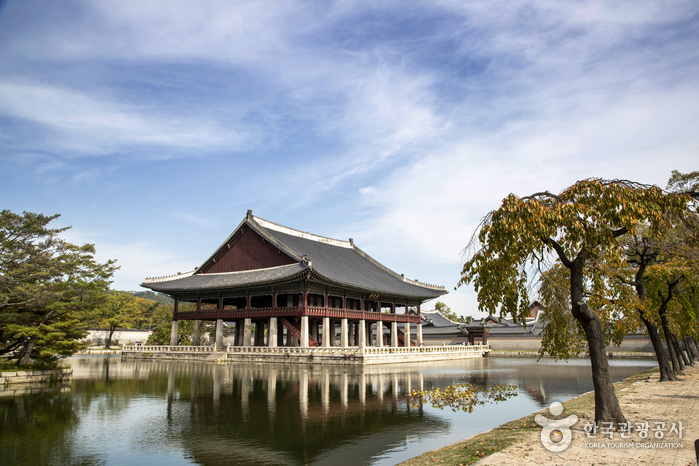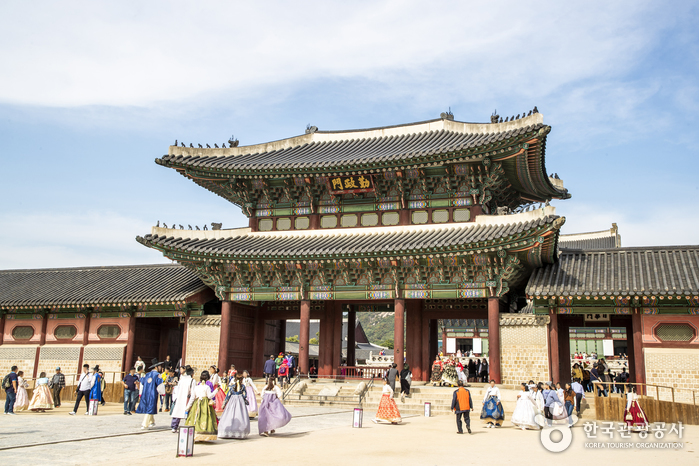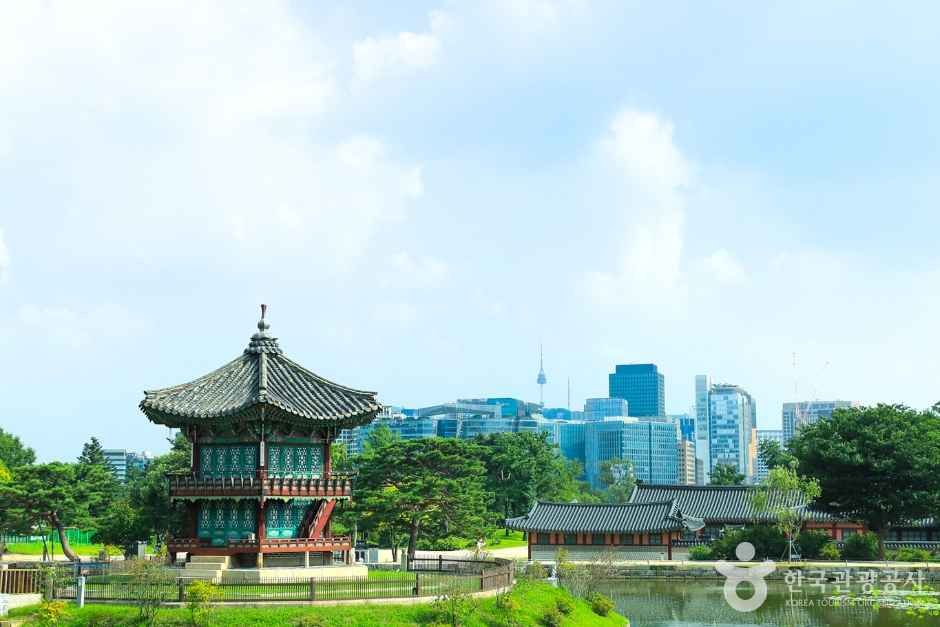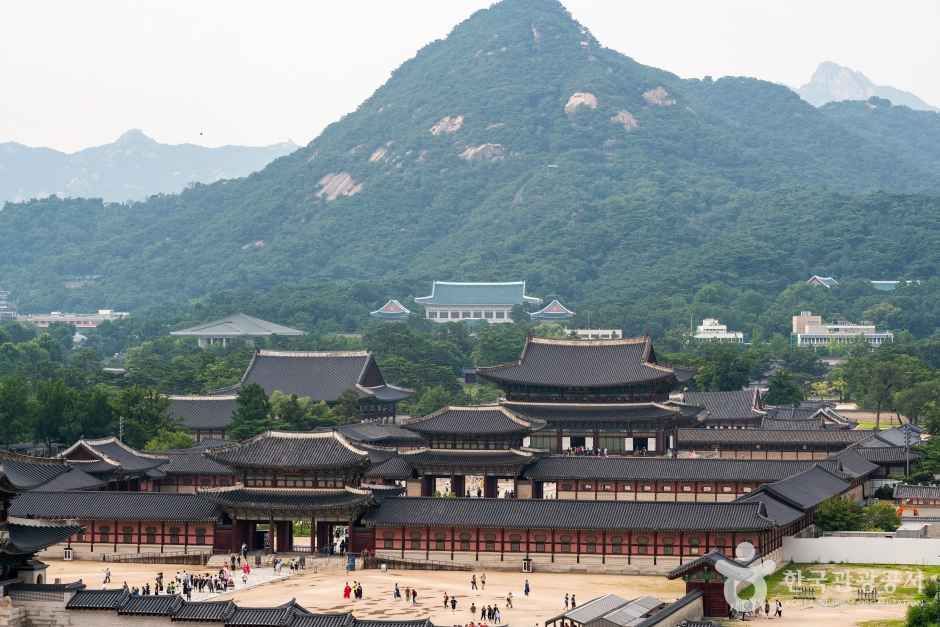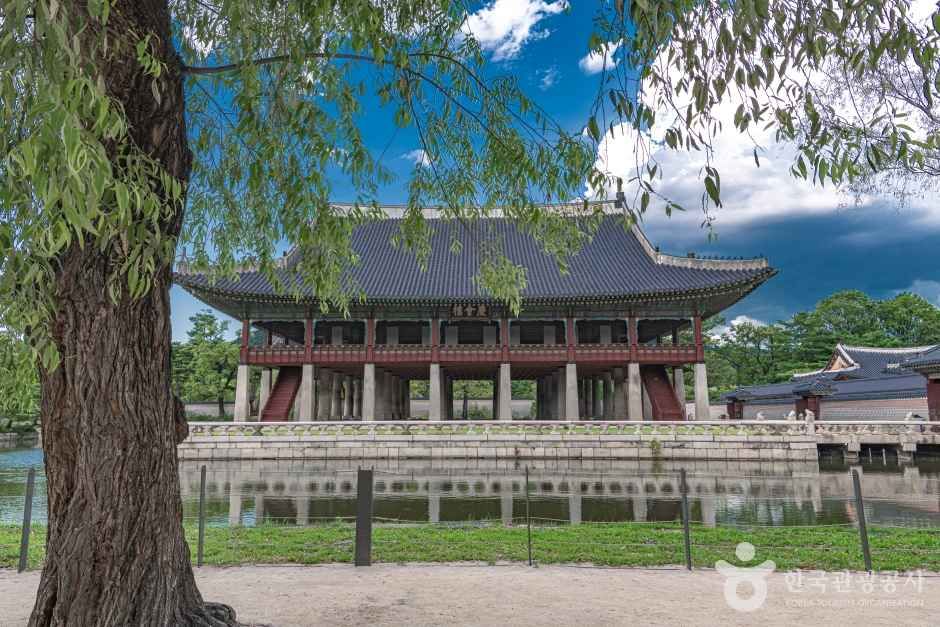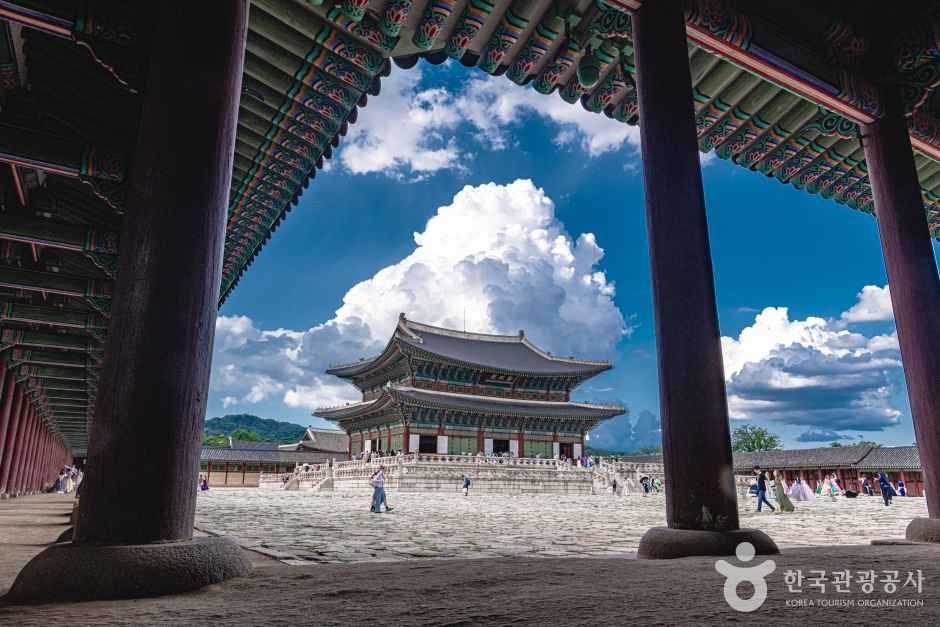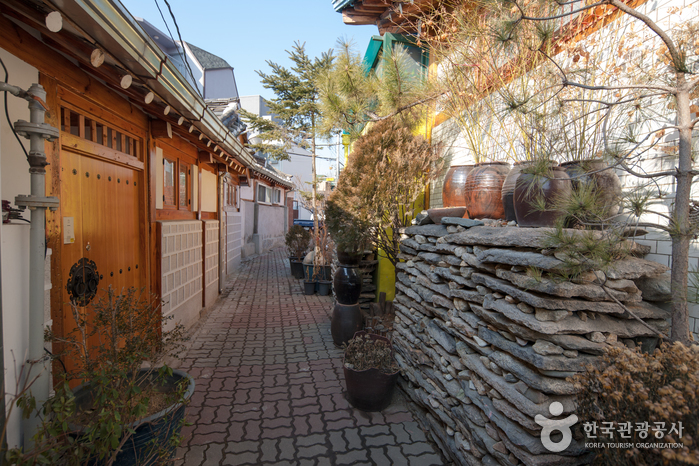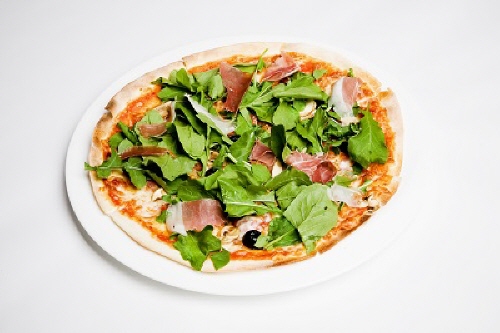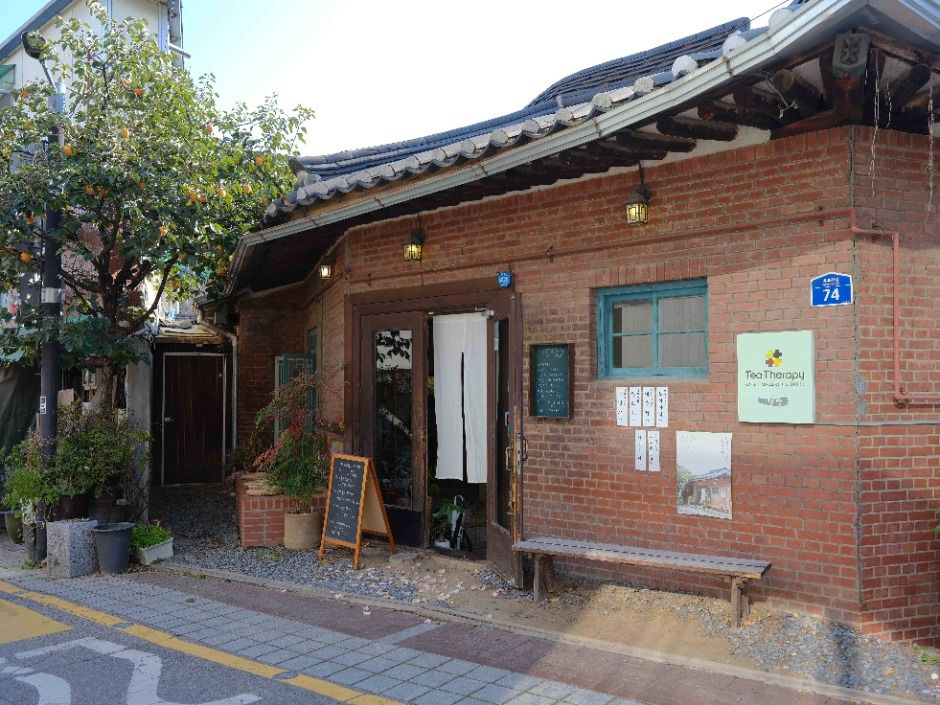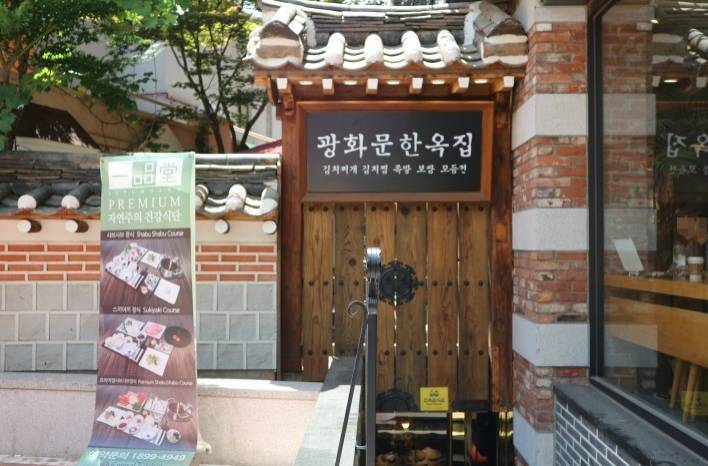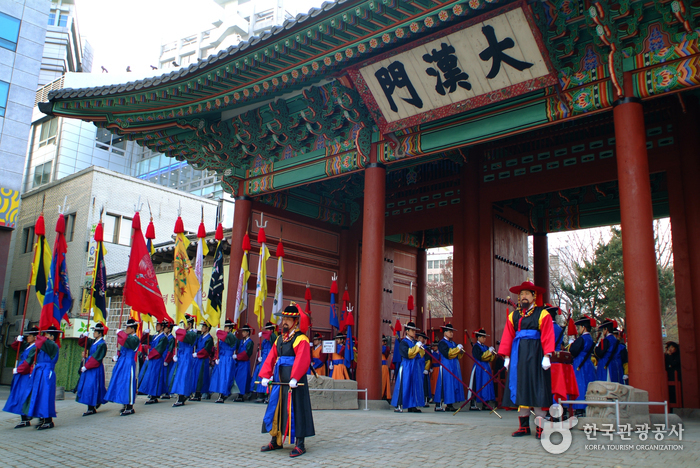Gyeongbokgung Palace
Introduction
🗺 Location
✏ Details
Restrooms
Available
Parking Fees
* Free for parking less than 10 min
- Small-sized cars: 3,000 won for 1 hour; 800 won for every additional 10 min
- Mid- and large-sized cars: 5,000 won for 1 hour; 800 won for every additional 10 min
Admission Fees
Adult 3,000 won
(Free for those under 19 years old over 65 years old)
* Refer to the official website for discount details
Interpretation Services Offered
Tours depart from in front of the information center at Heungnyemun Gate.
- Duration: About 1 hr - 1 hr 30 min
- Tour Schedule
English - 11:00, 13:30, 15:30
Japanese - 10:00, 14:30
Chinese - 10:30, 15:00
Indonesian (Friday-Saturday) - 14:30
Vietnamese (Friday-Saturday) - 10:30
Spanish (Friday-Saturday): 10:30, 15:00
Interpretation Services Offered
Tours depart from in front of the information center at Heungnyemun Gate.
- Duration: About 1 hr - 1 hr 30 min
- Tour Schedule
English - 11:00, 13:30, 15:30
Japanese - 10:00, 14:30
Chinese - 10:30, 15:00
Indonesian (Friday-Saturday) - 14:30
Vietnamese (Friday-Saturday) - 10:30
Spanish (Friday-Saturday): 10:30, 15:00
🔎 Information
March-May & September-October 09:00-18:00 (Last admission 17:00)
June-August 09:00-18:30 (Last admission 17:30)
